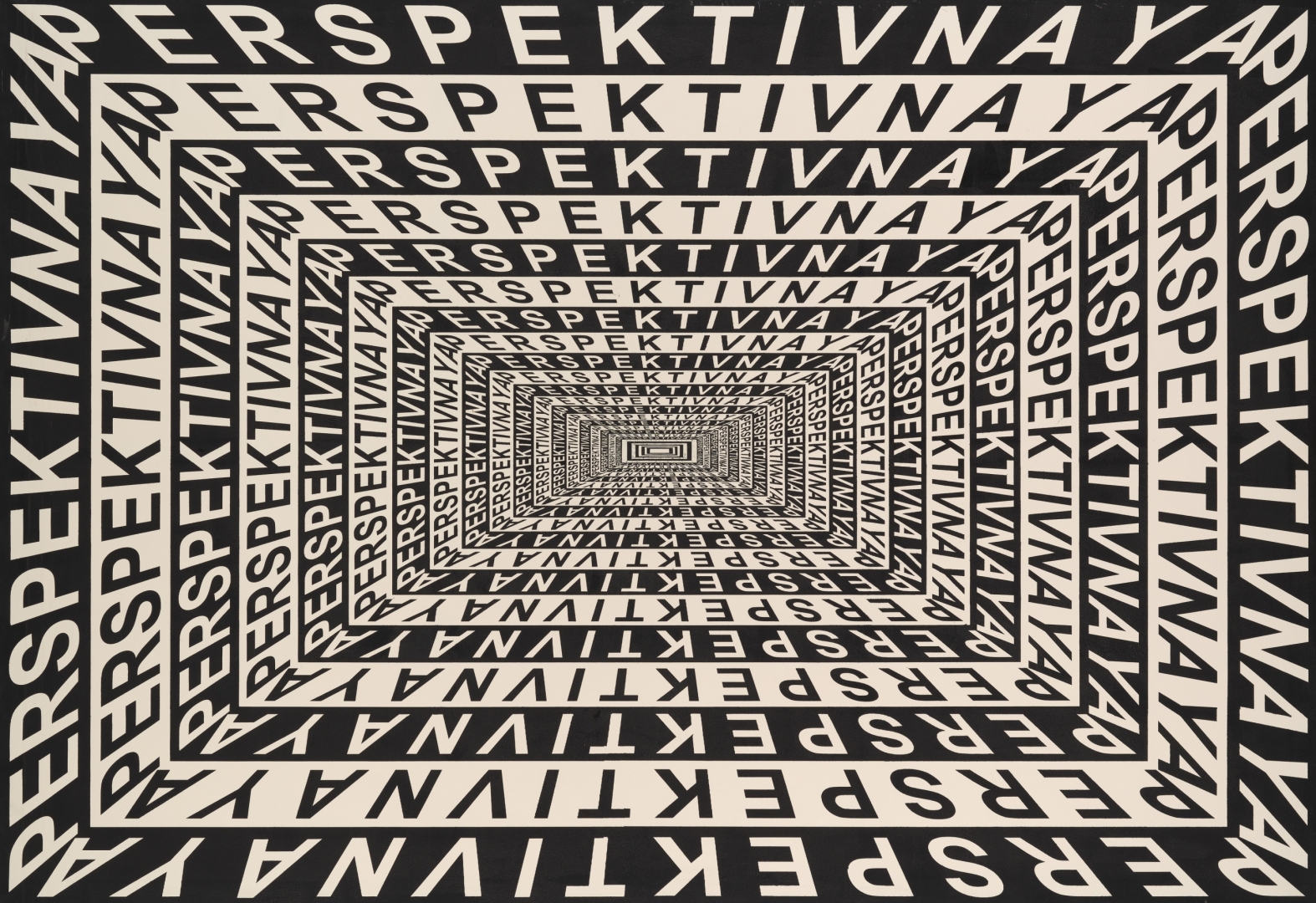Archaeologists of Memory is the first exhibition to offer in-depth theme-based insight into the Vitols Contemporary, one of the most intriguing art collections in the Baltics, focused on the contemporary art of Central and Eastern Europe. The collection includes close to 1000 artworks from more than 150 artists. In the words of the collectors, Irina Vītola and Māris Vītols, their collection has been inspired by their interest in the tremendous social and political changes in Central and Eastern Europe since the fall of the Berlin Wall in 1989, as well as by the cultural diversity of the region. The exhibition presents artworks from Latvia, Romania, Poland, Russia, the Czech Republic, Lithuania, Estonia, Georgia, Slovakia, Albania and Ukraine.
The title of the exhibition was inspired by a quote from the philosopher Walter Benjamin’s text Excavation and Memory, written in the early 1930s: “[—] memory is not an instrument for exploring the past, but rather a medium. It is the medium of that which is experienced, just as the earth is the medium in which ancient cities lie buried. He who seeks to approach his own buried past must conduct himself like a man digging.”
The artists whose works are included in the exhibition, as well as the collectors themselves, are also seen as “archaeologists of memory”, who dig in the strata of personal and collective memories, exposing the past intertwined with the present. The artists have found inspiration in personal memory, family archives, local life and culture, environment, social dynamics and (art) history. The exhibition seeks to highlight all of these different authors’ positions and art practices, while also looking for visual and conceptual points of contact and promoting dialogue between countries and generations. The display can thus be compared to a polyphonic collection of essays on memory, bringing together different voices and perspectives and creating visual and narrative links between the artworks.
The works selected for the exhibition go beyond mere depictions of historical events. They explore the functioning of memory and the perception of time more broadly, revealing how memory is always anchored to the present, and interpreting signs and symbols from the past through a contemporary lens. Our conception of past events and heritage is invariably rooted in today’s ideological and discursive frameworks. Important themes include the dynamics between collective and personal memories and the social impact of memory and the past. As shown in Mircea Nicolae’s video Romanian Kiosk Company (2010), we as humans are constantly torn between our personal and collective memories. As social beings, we try to find a balance between more spontaneous and fragmentary personal memories and collective (cultural) memories, with their more coherent narratives. Acknowledging and coming to terms with this complex condition might create a basis for more emphatic, informed and open dialogues about our personal and shared past, present and future.




